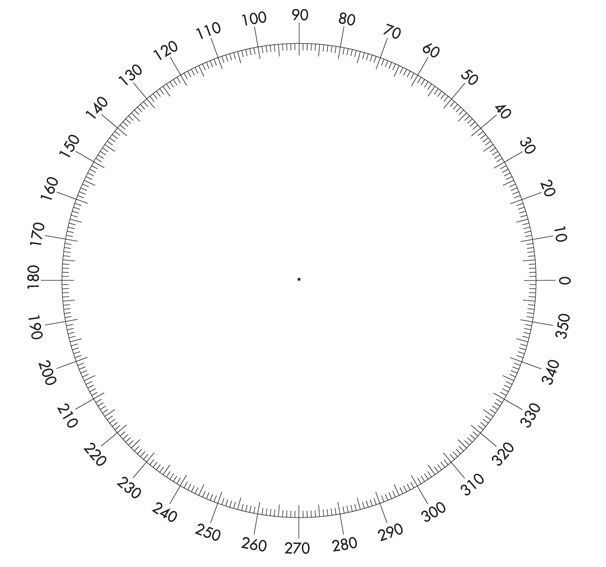Pythagoras' Theorem in Higher Level Mathematics
- Jonno

- Sep 21, 2023
- 2 min read
Introduction
When we first encounter Pythagoras' Theorem, it's often within the context of a right triangle, where it relates the lengths of the triangle's sides. To recall, in a right triangle, the square of the length of one of the shorter sides plus the square of the length of the other shorter side equals the square of the length of the longest side. This can be expressed as an equation, where 'a' and 'b' are the two shorter sides of the right triangle, and 'c' is the longest side:

However, Pythagoras' Theorem extends far beyond basic geometry and becomes a fundamental bridge to advanced mathematical concepts. Here, we explore three examples of its applications in trigonometry, vector spaces, and complex numbers.
Trigonometry: The Pythagorean Identity
The Pythagorean Identity, as the name suggests, is derived from Pythagoras' Theorem applied to the unit circle, a circle with a radius of one unit. This identity establishes a profound relationship between two essential trigonometric functions: sine and cosine. The identity reads:
sin²(x) + cos²(x) = 1
This identity plays a pivotal role in simplifying trigonometric expressions and solving trigonometric equations.
Vector Spaces: Orthogonality and Magnitudes
In linear algebra, Pythagoras' Theorem is a cornerstone of vector spaces. It helps determine the orthogonality (perpendicularity) of vectors and calculate vector magnitudes. When two vectors, 'u' and 'v,' are orthogonal, the sum of the squares of their individual magnitudes equals the square of the magnitude of their sum:
||u||² + ||v||² = ||u + v||²
Here, '||u||' represents the magnitude (length) of vector 'u,' and '||v||' represents the magnitude of the vector 'v.' This concept finds applications in physics, engineering, and computer graphics for example.
Complex Numbers: Modulus
In the set of complex numbers, we also encounter Pythagoras' Theorem. A complex number is represented as 'a + bi,' where 'a' and 'b' are real numbers, and 'i' is the imaginary unit. The magnitude (or modulus) of a complex number, denoted as |z|, is found using a formula remarkably similar to Pythagoras' Theorem:
a² + b² = |z|²
In this formula, 'a' and 'b' correspond to the real and imaginary parts of the complex number, while |z| represents the hypotenuse in the complex plane.
Conclusion
In conclusion, Pythagoras' Theorem transcends its geometric origins and serves as a foundational link to more advanced mathematical domains, including trigonometry, vector spaces, and complex numbers. These examples illustrate the enduring relevance and versatility of the theorem in higher-level mathematics.




Comments